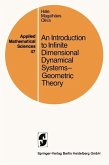
eBook, PDF
17. April 2013
Springer New York
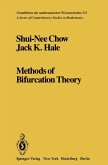
Broschiertes Buch
Softcover reprint of the original 1st ed. 1982
8. November 2011
Springer / Springer New York / Springer, Berlin
978-1-4613-8161-7
| eBook, PDF | 81,95 € |
Ähnliche Artikel
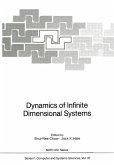
eBook, PDF
29. Juni 2013
Springer Berlin Heidelberg

eBook, PDF
5. September 2012
Springer New York
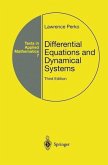
eBook, PDF
21. November 2013
Springer New York
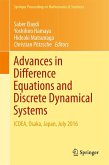
eBook, PDF
13. November 2017
Springer Nature Singapore
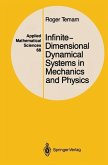
eBook, PDF
6. Dezember 2012
Springer New York
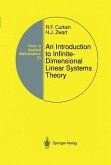
eBook, PDF
6. Dezember 2012
Springer New York

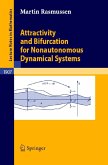
eBook, PDF
26. Mai 2007
Springer Berlin Heidelberg
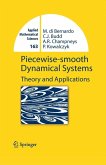

Ähnlichkeitssuche: Fact®Finder von OMIKRON
